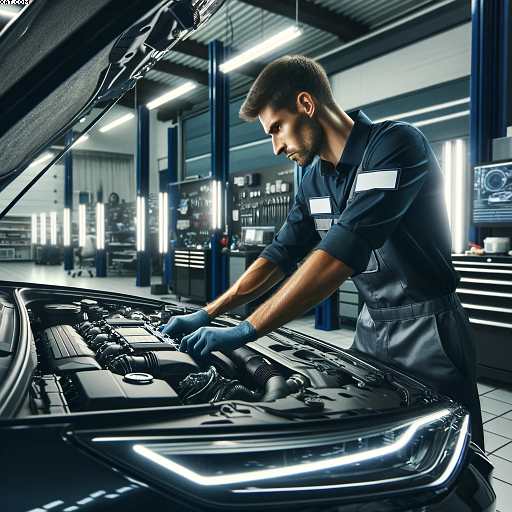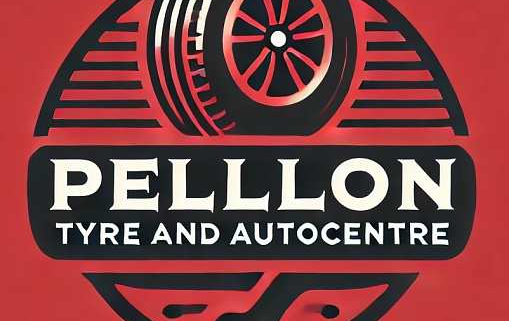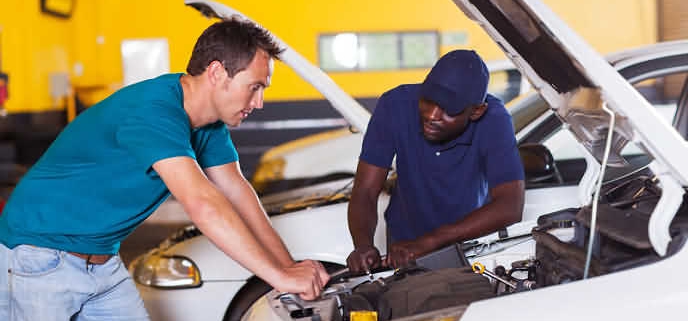Maintenance-Emissions-and Privacy
Table of Contents
Maintenance-Emissions

Maintenance-Emissions
Of course, this all started before the 1950′. As a result, car engines and their faults were diagnosed and repaired by a few gauges and hand adjusted. Hence, by a mechanic. Most automotive systems were done like this.
I remember when I was an apprentice mechanic
in a small British Leyland independent garage in Batley, Yorkshire, UK. Whenever there was a suspicious engine problem,. Then our chief mechanic, “Brian,” would put a long screwdriver in his ear and the other end in the engine. Quietly, listening for any sound that would give him a clue as to what the problem could be?
Naturally, as time went by,
Cars became more complex, and problems became more complicated. Therefore, I remember the middle of the 1960’s . Engine problems began to rely more and more on using diagnostic equipment. Our boss, “Tom,” leased a massive machine with a video display. I think that it was made by Tecalamit; in fact, I am sure that it was.
Of course, the machine looked massive to me. Wires came out of it from all directions. Subsequently, I never got to learn how to use it; it was deemed as too complicated for an apprentice. The machine was a video display terminal and it was to help us diagnose engine problems. As far as I could remember, the machine was able to check the engines temperature, vacuum, and oil pressure.
Maintenance-Emissions move on
Later in the 1960’s came the computerised systems. With the introduction of the fuel-injected models of Volkswagen Type 3 cars,. Consequently, it was followed by the sporty 280Z made by Datsun. Following this, in the 1980’s, General Motors put its computerised “Assembly Line Diagnostic Link” into service.
Hence, this was to examine error codes
at a speed of 160 baud. However, this speed increased to 8192 baud by 1986, along with UART, or “Universal Asynchronous Receiver/Transmitter,” at half duplex. This type of diagnosis continued until the invention of complete on-board diagnostic packages. Of course, that’s what we see today.
The next part follows in this interesting article:
- General Tyres 100 Years 2024 Update
- Navigating the Skies: The Essence of Luton Airport Transfers
- Motorhome tyres from Michelin: a sad ending?
- Discovery for Discs and Pads
- Cabin filters Not Changed
Source: Maintenance, Emissions, and Privacy: The OBD Story | Hackaday


